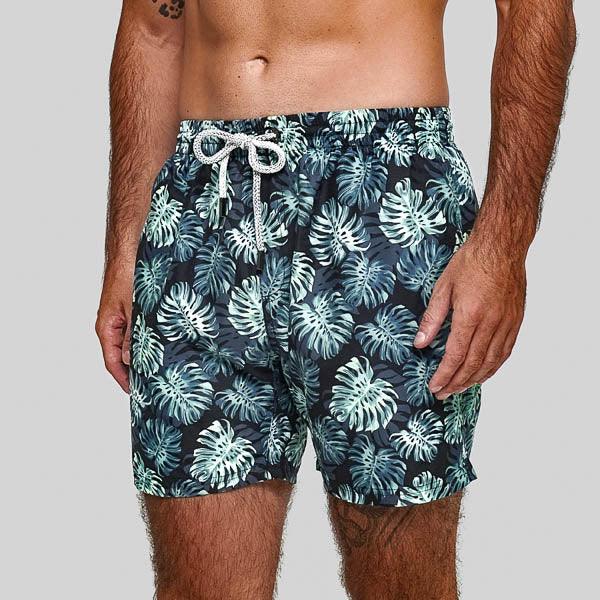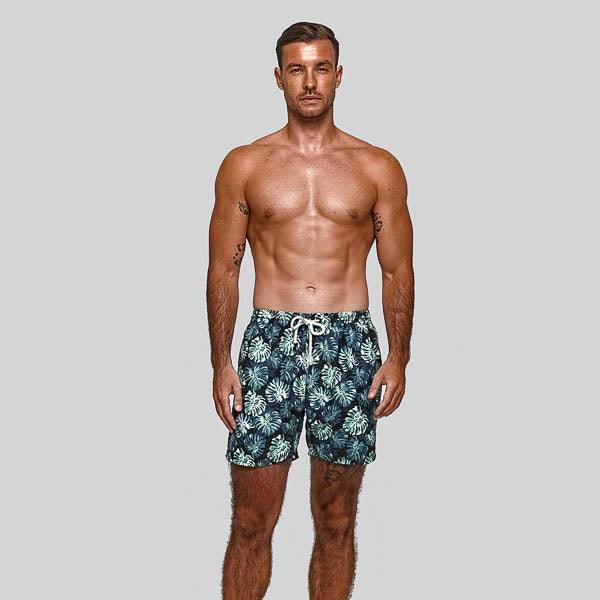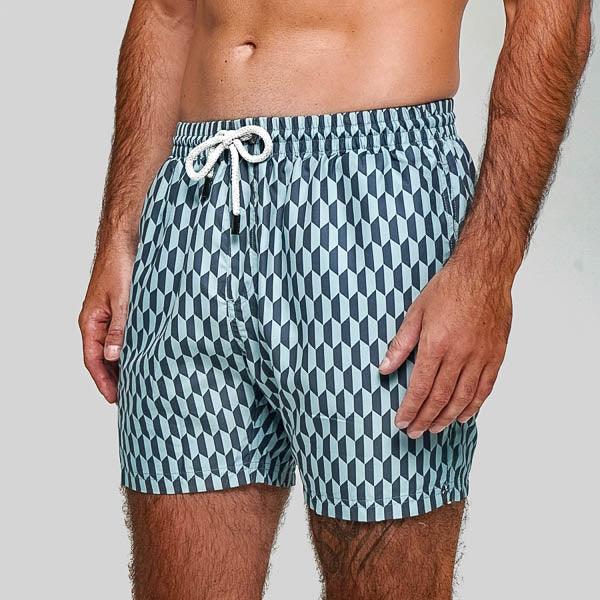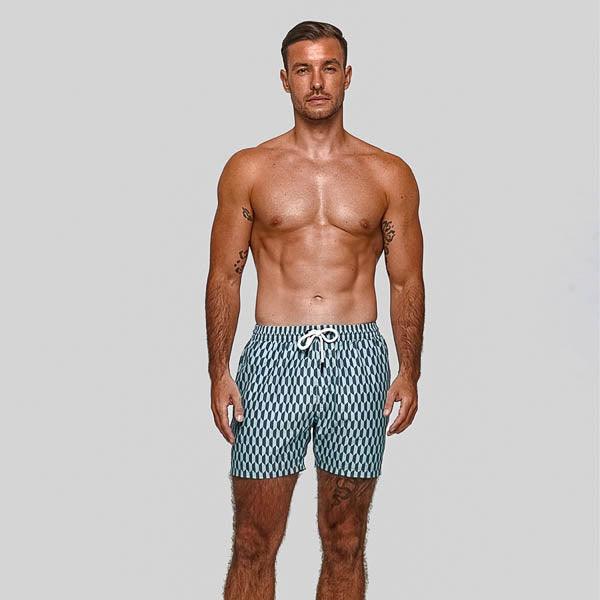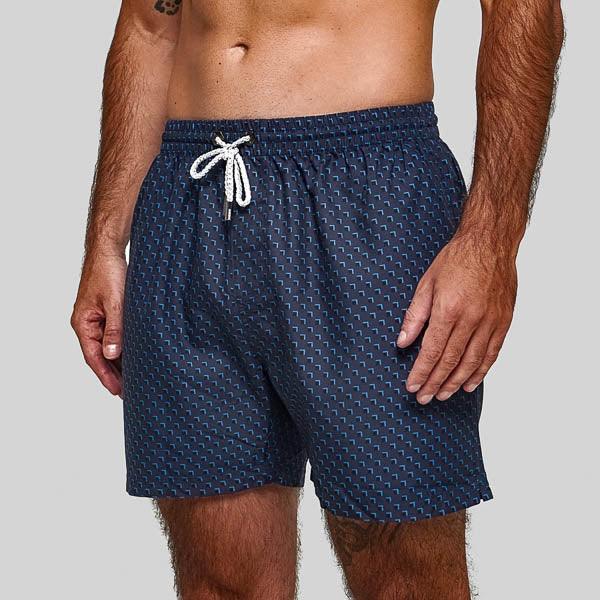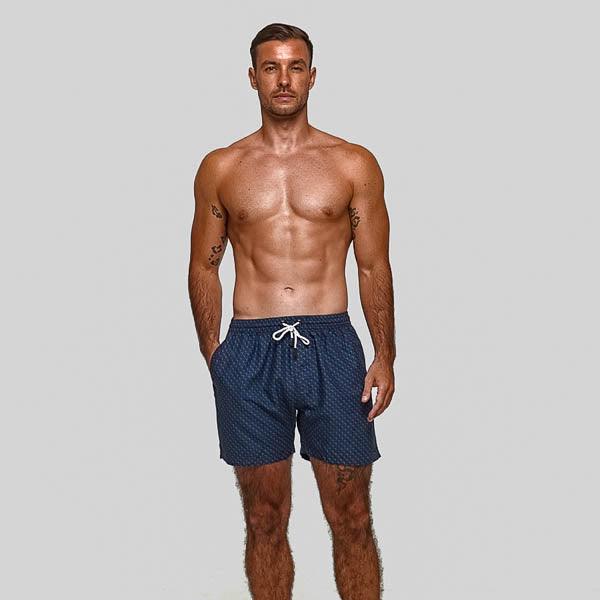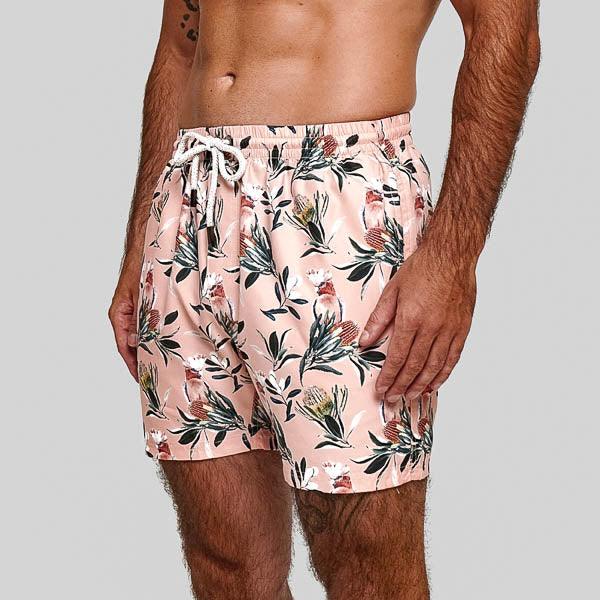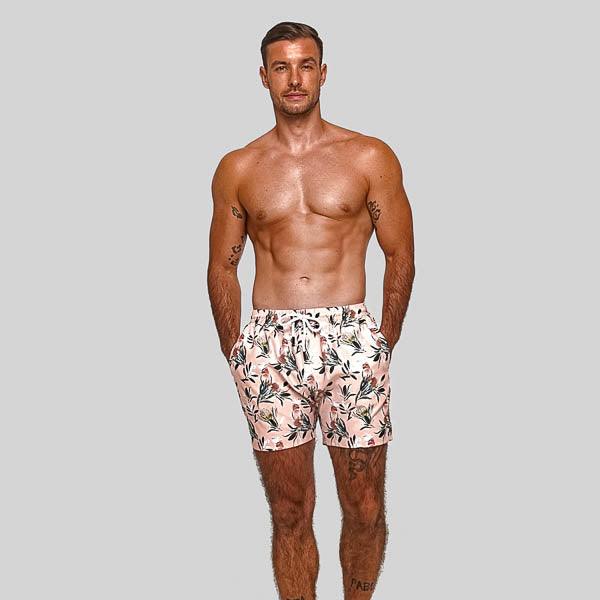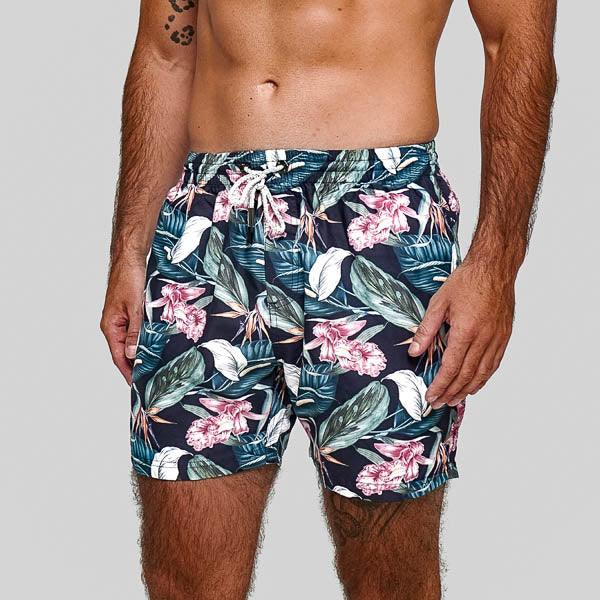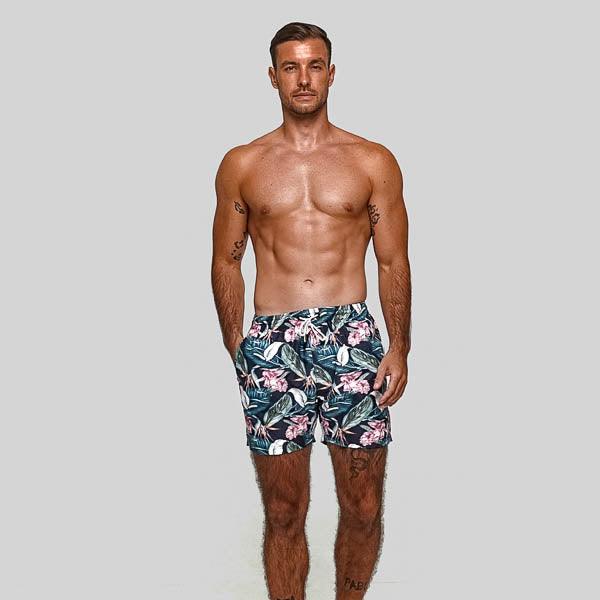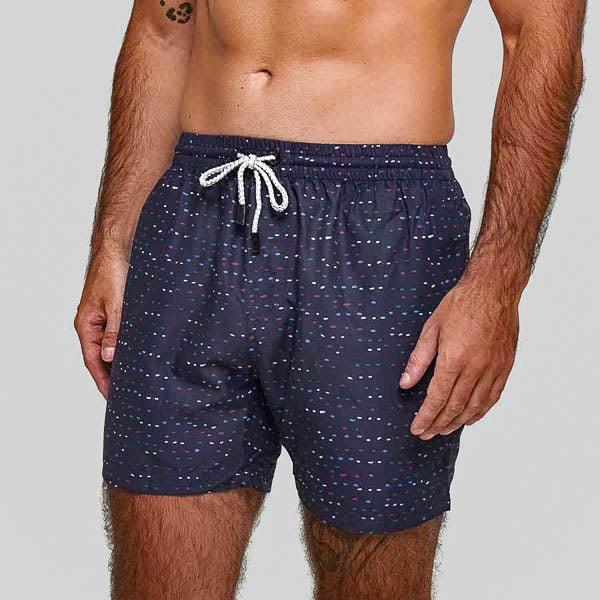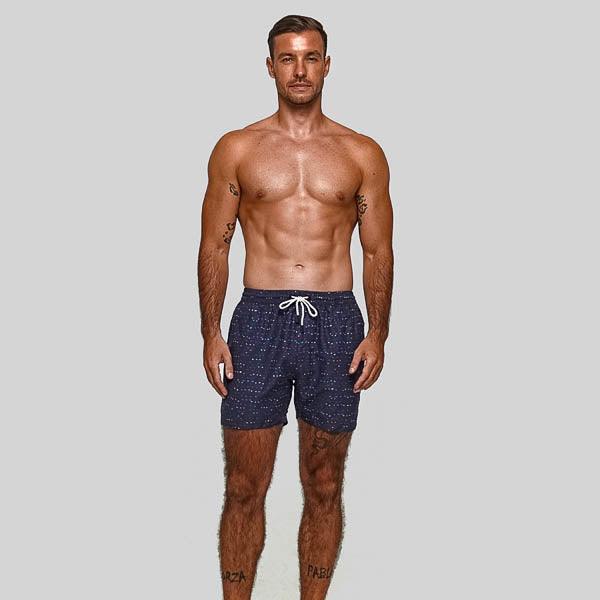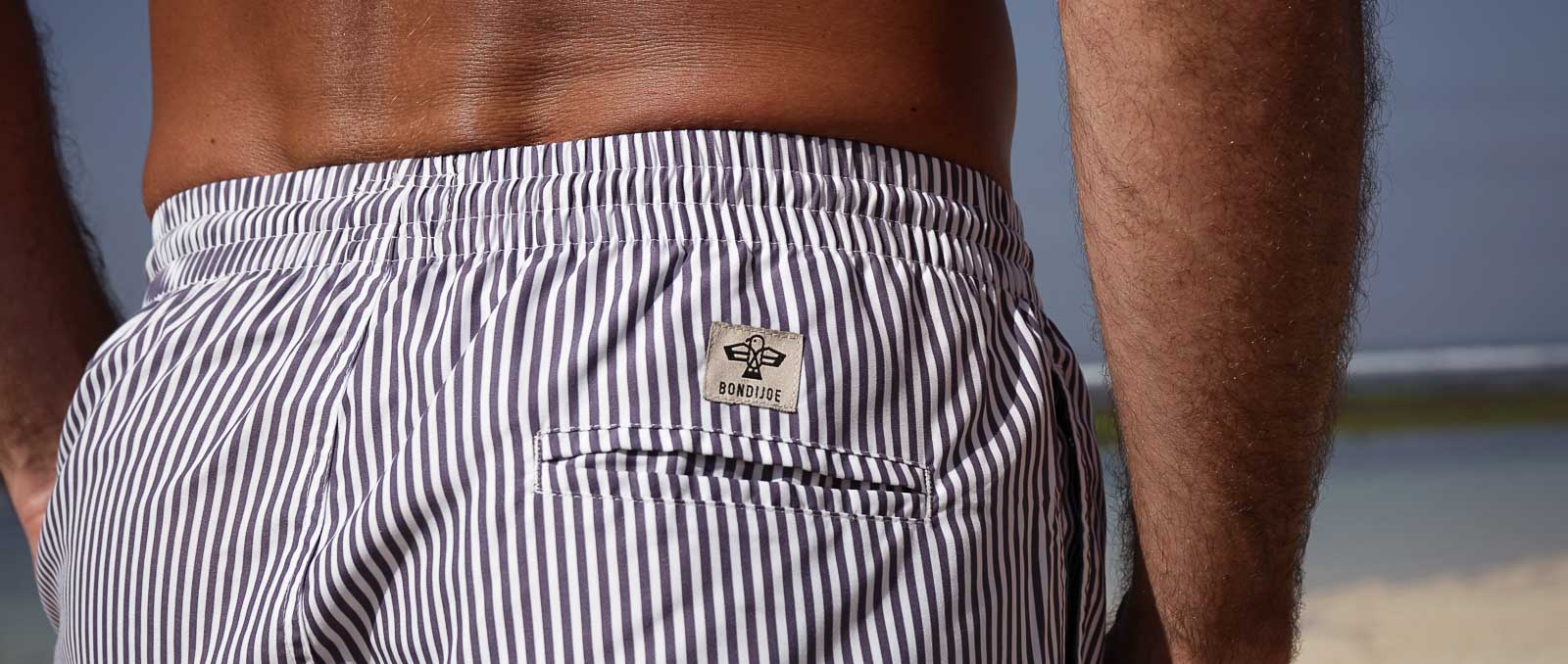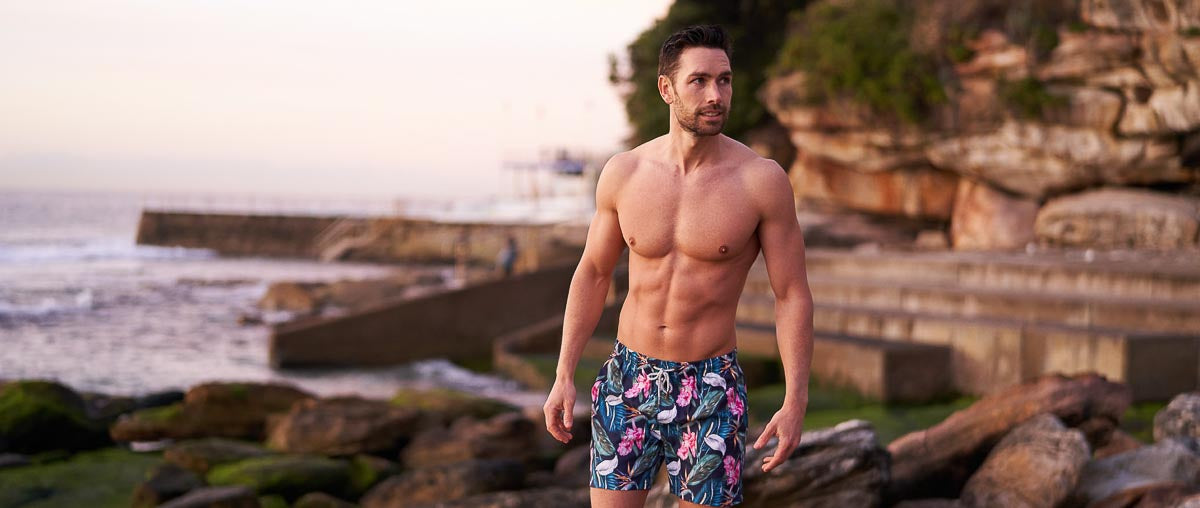Men's swimwear has undergone significant transformations over the decades, reflecting broader societal changes and advancements in textile technology. From the modest full-body suits of the 19th century to the sleek, functional designs of today, the history of men's swimwear is a testament to evolving cultural attitudes towards leisure, fashion, and body image. In this article, we'll take a deep dive into the short history of men's swimwear, exploring key developments and iconic styles that have shaped this essential component of summer wardrobes.
Early Beginnings of Men's Swimwear
The Victorian Era: Modesty and Functionality
In the early days of men's swimwear, modesty was paramount. During the Victorian era, societal norms dictated that men cover most of their bodies while swimming. This led to the creation of full-body swimwear made from heavy, non-elastic materials such as wool. These suits often featured long sleeves and pant legs, ensuring that minimal skin was exposed. Despite their impracticality for swimming, these garments reflected the era's conservative attitudes towards public decency.
Woolen Suits: Practicality over Comfort
The choice of wool for swimwear might seem puzzling today, but it was a practical decision at the time. Wool is a durable fabric that provided warmth and modesty, essential for the colder waters and the societal expectations of the 19th century. However, woolen suits were far from comfortable. They absorbed water, becoming heavy and cumbersome, making swimming a challenging activity.
The Early 20th Century: A Shift Towards Modernity
1920s: The Birth of Swim Trunks
The 1920s marked a significant turning point in men's swimwear. As societal norms began to relax, men started embracing more practical and comfortable swimwear options. The birth of swim trunks revolutionized men's swimwear, offering greater freedom of movement. These early trunks were typically made from lighter materials like cotton and were designed to cover less of the body, often ending above the knee.
1930s-1940s: Embracing Athleticism
By the 1930s and 1940s, the influence of athleticism on men's swimwear became evident. Swimmers and athletes began favoring streamlined designs that enhanced performance. During this period, swim trunks became shorter and more fitted, a trend that paralleled the growing popularity of competitive swimming and beach culture. The introduction of elastic waistbands also improved the comfort and fit of swimwear, paving the way for more innovative designs.
Post-War Innovations
1950s: The Rise of Casual Swimwear
The post-war era brought a sense of leisure and relaxation to everyday life, and men's swimwear was no exception. The 1950s saw the rise of casual swimwear, characterized by bright colors, bold patterns, and a more relaxed fit. This period also witnessed the emergence of new materials like nylon, which offered quick-drying properties and enhanced comfort. Men's swimwear began to reflect the carefree spirit of the time, with designs that were as much about style as they were about function.
1960s: The Influence of Surf Culture
The 1960s were heavily influenced by the rise of surf culture, particularly in places like California and Australia. This cultural phenomenon had a profound impact on men's swimwear, leading to the popularity of board shorts. Originally designed for surfers, board shorts were longer and looser than traditional swim trunks, providing greater mobility and protection from the elements. They quickly became a staple not just for surfers, but for beachgoers and casual swimmers alike.
The 1970s and 1980s: Bold Styles and Technological Advances
Speedos and Lycra: Revolutionizing Performance
The 1970s and 1980s were characterized by bold styles and significant technological advances in men's swimwear. The introduction of Lycra (spandex) transformed swimwear by offering unmatched elasticity and a snug fit. Speedos, a brand synonymous with competitive swimwear, gained popularity during this era. These form-fitting briefs were designed to minimize drag and enhance performance, making them a favorite among professional swimmers.
Board Shorts: From the Beaches to the Streets
While Speedos dominated competitive swimming, board shorts continued to evolve and gain mainstream acceptance. By the 1980s, board shorts had become a ubiquitous fashion statement, transcending their surf origins. They were adopted by various subcultures and became a symbol of youthful rebellion and carefree beach life. The versatility of board shorts, suitable for both water sports and casual wear, contributed to their enduring popularity.
The 1990s to Present Day: Trends and Innovations
Revival of Retro Styles
In the 1990s and 2000s, there was a notable revival of retro styles in men's swimwear. Designers began to draw inspiration from past decades, reimagining classic silhouettes with modern fabrics and patterns. This period also saw a resurgence of mid-thigh swim trunks (like Bondi Joe's range), which offered a balanced blend of style and functionality. These trunks became a popular choice for men seeking a timeless look that was both fashionable and practical.
Sustainability and Ethical Fashion in Swimwear
In recent years, the swimwear industry has been increasingly focused on sustainability and ethical fashion. Brands are now prioritizing eco-friendly materials and ethical production practices. Recycled fabrics, organic cotton, and biodegradable materials are being used to create swimwear that minimizes environmental impact. This shift towards sustainability reflects a growing awareness of environmental issues and a commitment to responsible fashion.
Conclusion
The evolution of men's swimwear is a fascinating journey that mirrors broader cultural and technological shifts. From the restrictive woolen suits of the Victorian era to the innovative and stylish designs of today, men's swimwear has continually adapted to meet the needs and preferences of each generation. Whether it's the functional appeal of mid-thigh swim trunks or the bold statement of board shorts, modern men's swimwear offers a diverse range of options that cater to both performance and personal style. As we look to the future, sustainability and ethical fashion will likely play an even greater role in shaping the next wave of swimwear trends. Be sure to checkout more of our Mens Swimwear Style Guides.
FAQs
What were early men's swimwear made of? Early men's swimwear was primarily made of wool. The material was chosen for its durability and modesty, despite being heavy and uncomfortable when wet.
When did swim trunks become popular? Swim trunks became popular in the 1920s as societal norms relaxed and there was a greater emphasis on comfort and practicality in swimwear.
How did surf culture influence men's swimwear? Surf culture, particularly in the 1960s, popularized board shorts. These longer, looser shorts were designed for surfers but quickly became a staple for casual beachwear and swimming.
What materials are commonly used in modern men's swimwear? Modern men's swimwear is typically made from materials like nylon, polyester, and spandex. These fabrics are chosen for their quick-drying, lightweight, and stretchy properties.
Why are mid-thigh swim trunks recommended today? Mid-thigh swim trunks are recommended for their balance of style and functionality. They offer a modern, flattering fit that is both comfortable and versatile for various water activities.
What are the environmental impacts of swimwear production? The production of swimwear can have significant environmental impacts, including water pollution and plastic waste. However, many brands are now using sustainable materials and ethical production practices to reduce their environmental footprint.



